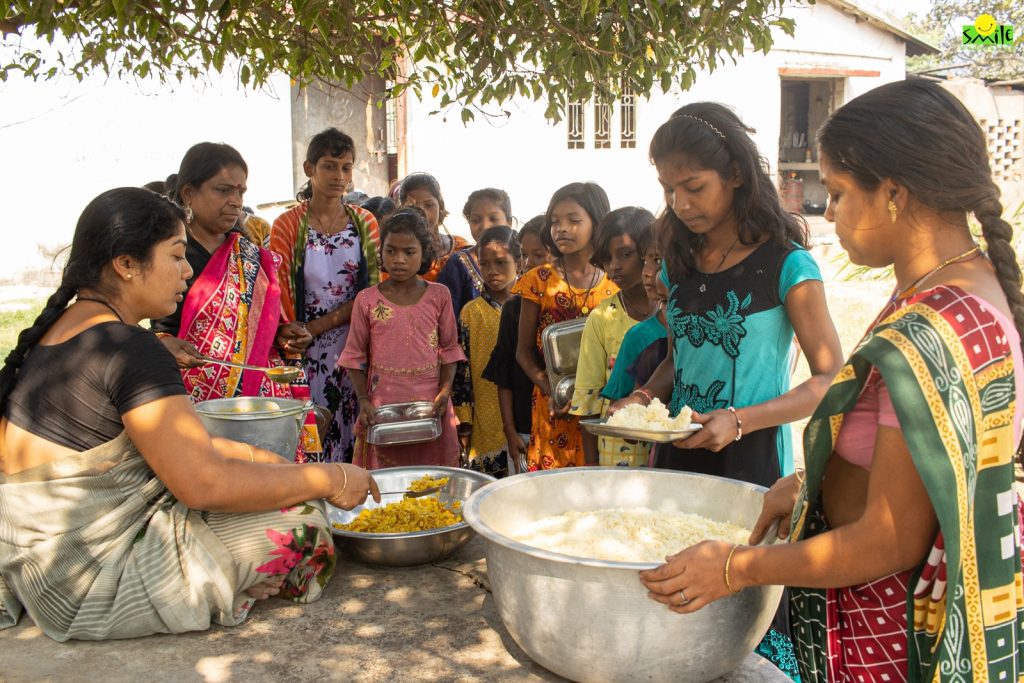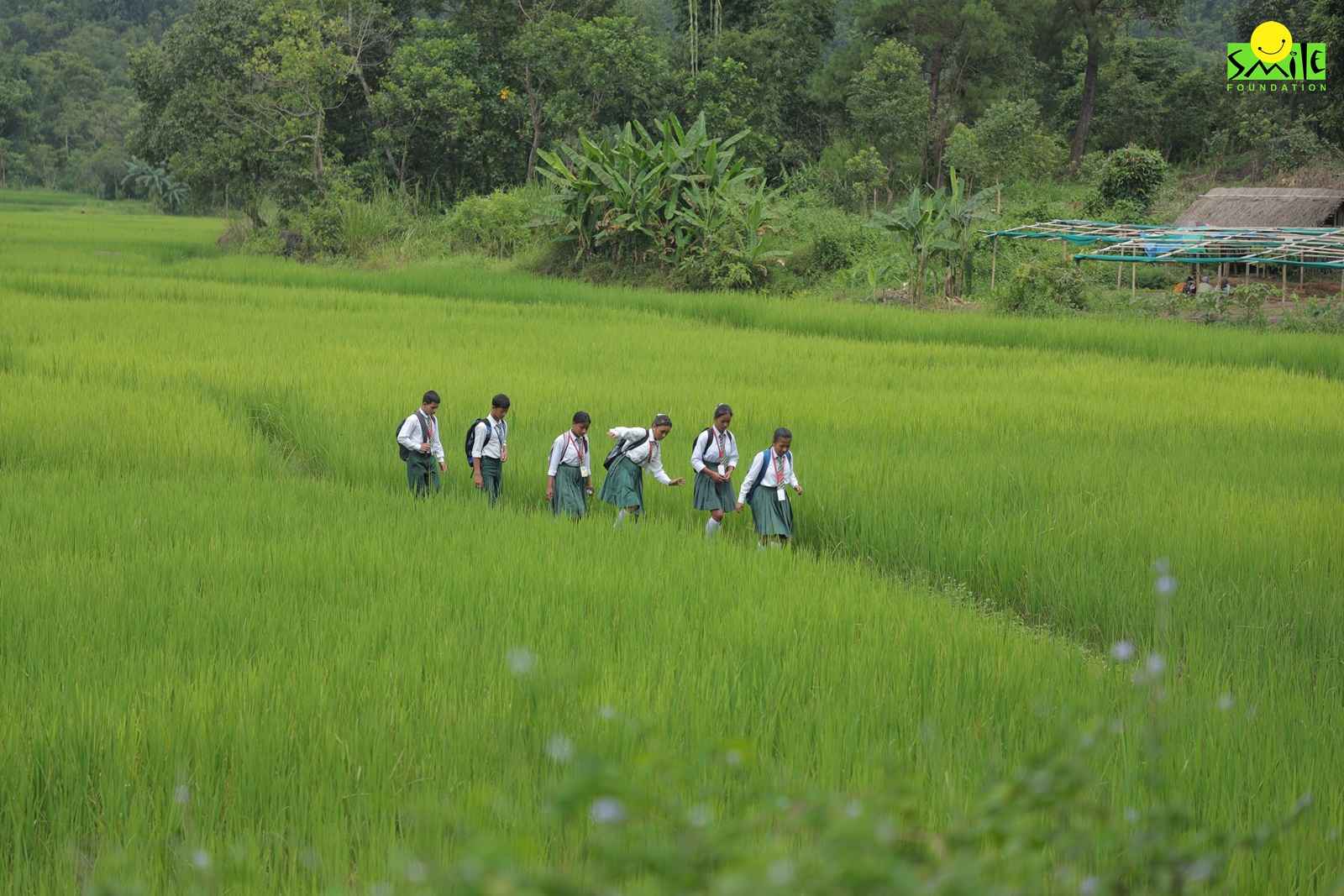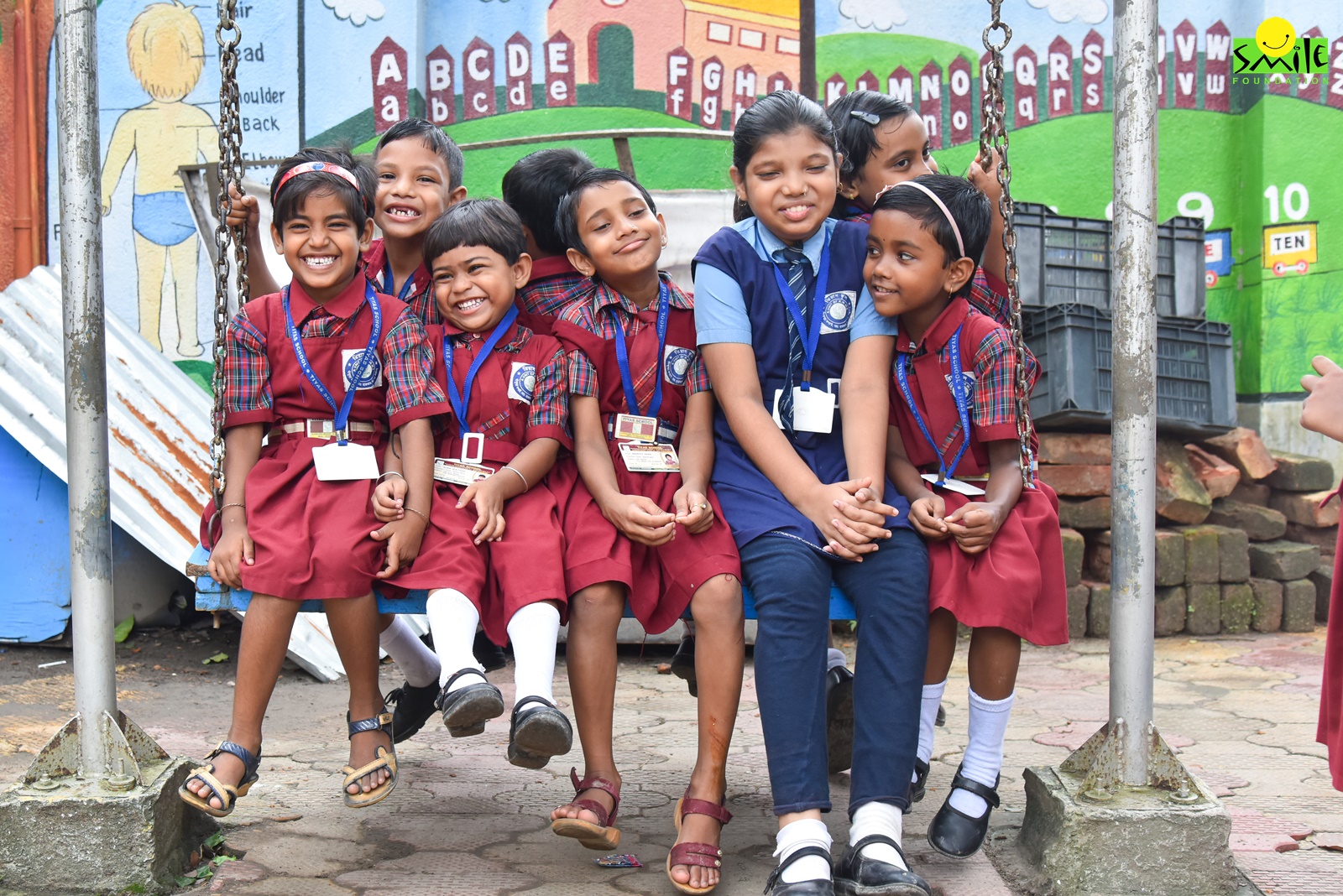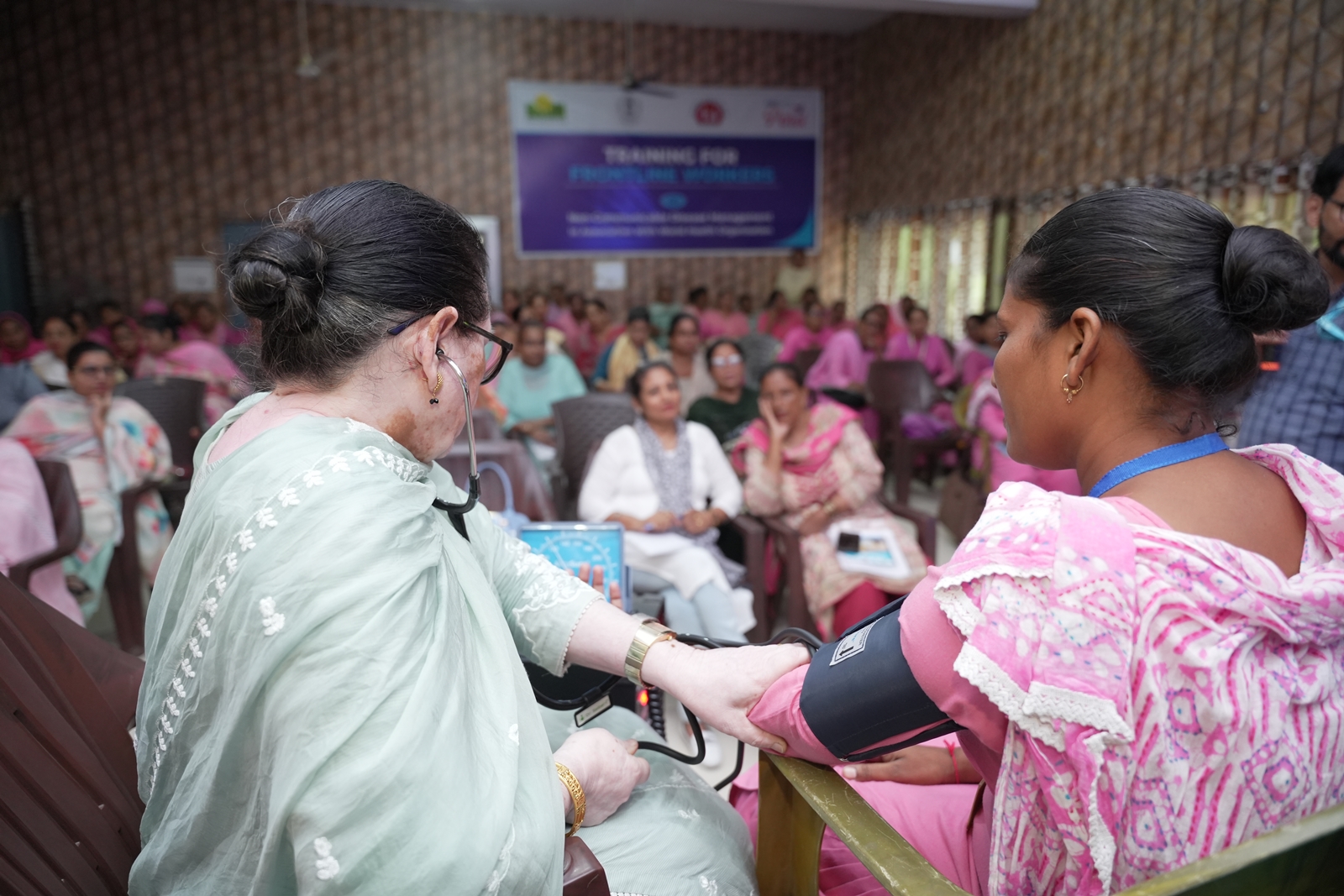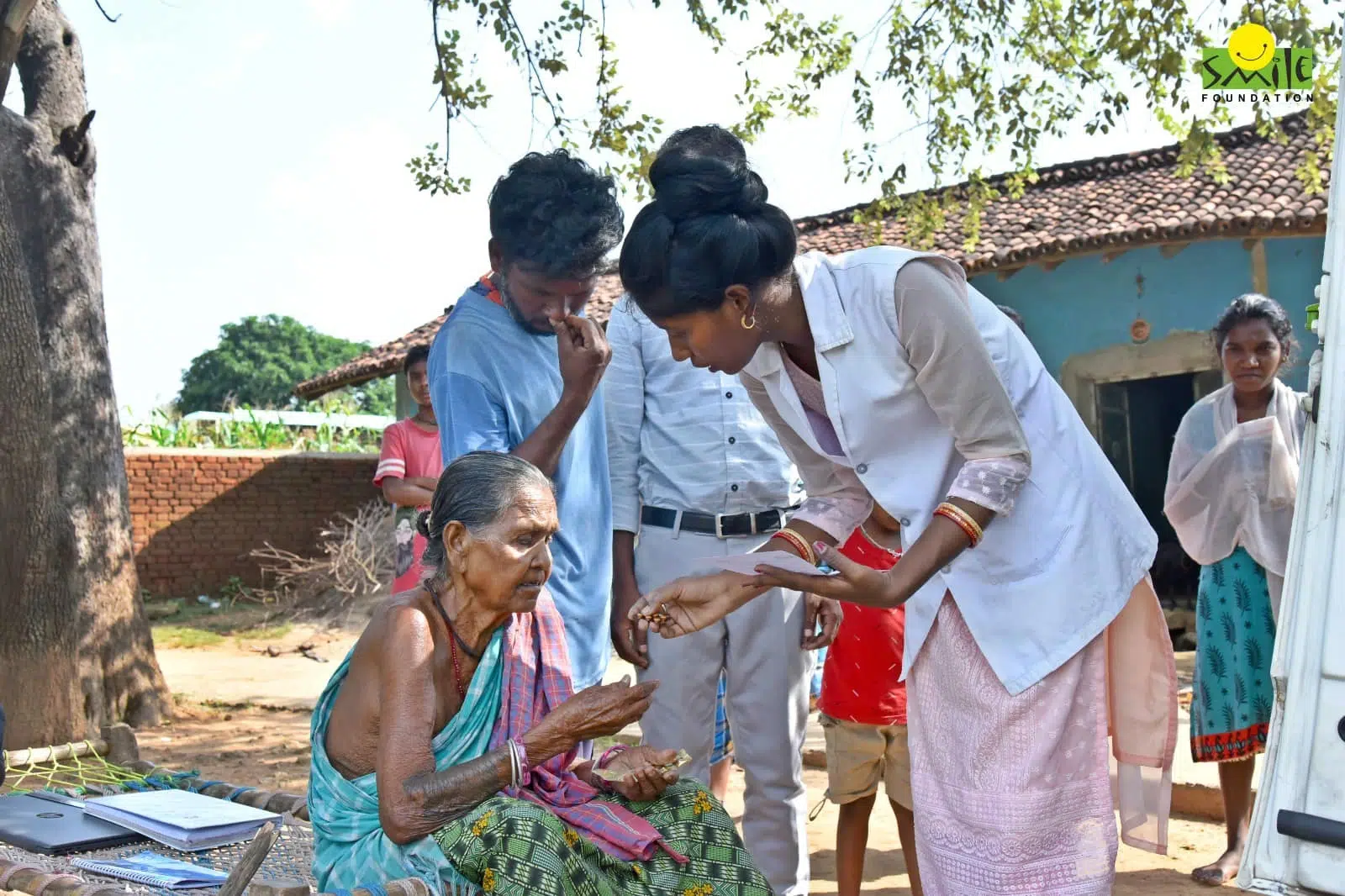A hungry child is an angry child, and an angry child’s attention and interest in learning and getting an education are adversely impacted. Though the Indian Constitution does not provide for a clear and detailed provision stating the right to food for all, the assumption is that the fundamental right to life outlined in Article 21 of the Constitution has more than one meaning. Its interpretation includes not just the right to live with human dignity, but also that said life must have the right to food and other basic necessities.
It’s no secret that there is a link between food and education among children. The fuller the stomach the better one’s progress at school. Food insecurity amongst children can have an adverse effect on their education. This impacts their overall growth and development. It can have harmful consequences for the children and the fabric into which humanity is sewn.
Child food insecurity, while being a national problem and the responsibility of the governing leaders, is also an educational problem. Children facing food insecurity often do worse in school. Food insecurity negatively affects their ability to concentrate and achieve academically. Children facing food insecurity often struggle with social and behavioral problems.
Many studies have shown established patterns that link food insecurity with higher rates of a wide range of adolescent mood, behavior and substance abuse issues. Research has also thrown up examples that connect food insecurity starting as early as infancy. This weakens a child’s attachment to the parents in later years. This also negatively affects children’s mental health as they grow and attempt adjustments later in life.
Delayed or stunted development in young children; emotional angst and feelings of abandonment, fear of chronic illnesses like asthma and anemia; as well as other behavioral problems like hyperactivity, anxiety and aggression in school-going children are observed to be some of the common issues that plague children who are affected by lack of proper meals and nutrition during their growing years.
India’s Initiative
Whilst the government has continuously tried to address the issue of food supplies to marginalised communities, through schemes such as the Targeted Public Distribution System, it was the landmark act of the National Food Security Act, (NFSA) 2013 on July 5, 2013. Its implementation saw a paradigm shift in the approach to food security from welfare to becoming a constitutional rights-based approach.
The Act legally entitled up to 75% of the rural population and 50% of the urban population to receive subsidized foodgrains under Targeted Public Distribution System. In this manner, the government aims to provide about two-thirds of the population to receive highly subsidized food grains.
The Act also puts the power of food distribution into the hands of women of the households. It has a mandate making the oldest woman of the household of age 18 years or above act as the head of the household. It gives her the authority mandate to apply and get a ration card for her family.
Taking it Further
The main points for any legislation to achieve its target rest on the following factors–
Availability
Adequate availability is the primary cornerstone of any programme or scheme. It’s imperative that staples and basic food grains are manufactured in abundance to ensure proper and equitable distributions. Especially amongst the households that need them the most. Availability of these should also be enough to cater to specific initiatives. A good example is the ‘mid-day meal’ which targets school children and their nutritional needs.
Accessibility
Easy accessibility is another key factor. The targeted public distribution system which is in place, caters to both urban and rural regions of the country. While reaching within urban areas is not difficult and poses no problems for distribution, it is the far-flung and remote rural lands deprived of essential food supplies. Even though there is a robust framework to provide marginalised households with subsidised food grains, more often than not, this endeavor fails due to poor distribution systems and accessible channels.
Affordability
Even though the government offers subsidised staples and food grains to the households that need them most, they must factor in the cost and evaluate if the subsidised costs are affordable to the targeted households. It’s very possible that marginalised households in the urban metros and smaller cities are able to afford the subsidies offered but that may not hold true for similar households in rural areas and villages.
Useful Takeaways about Food Security and Children’s Learning Outcomes
All these factors can influence a child’s behavior and prevent a positive educational impact. There are laws and schemes in place to provide for children’s food security and ensure that they stay in school. But families still have constraints that make them pull out their kids from a learning environment to a working environment.
At the grassroots level, the observation is that subsidies, midday meals at schools and other such positive programmes still need a lot of work. There are still children who indulge in child labour in order to provide for their families and themselves. As a country, we collectively need to work harder to put each child in school and place timely nutritious meals on their plates every day without fail.
Smile Foundation and Healthy Diets of Children
Smile Foundation in its education programme, Mission Education also ensures that the children are provided with healthy meals for their holistic development and growth. Children, after all, are the ones who will carry the baton of the nation’s responsibilities tomorrow. Every effort should be made to equip them with great intelligence and healthy bodies.



